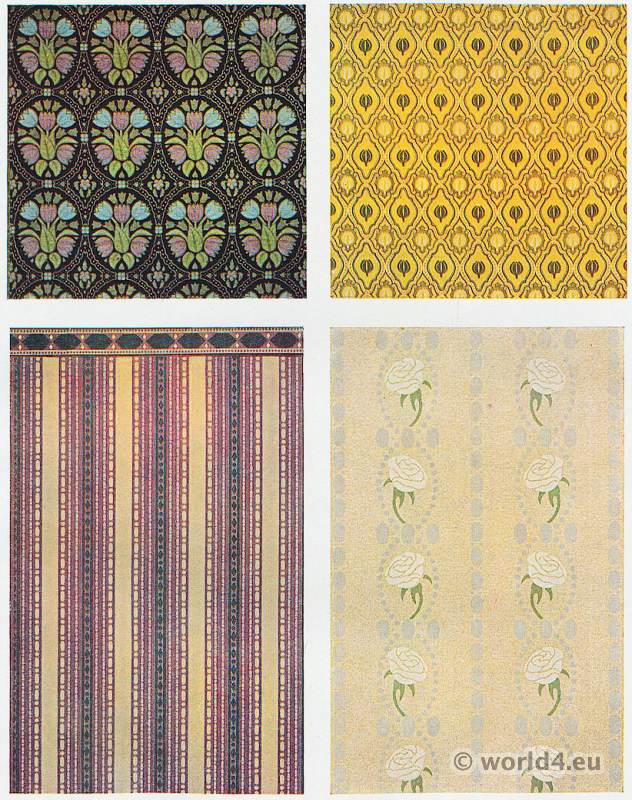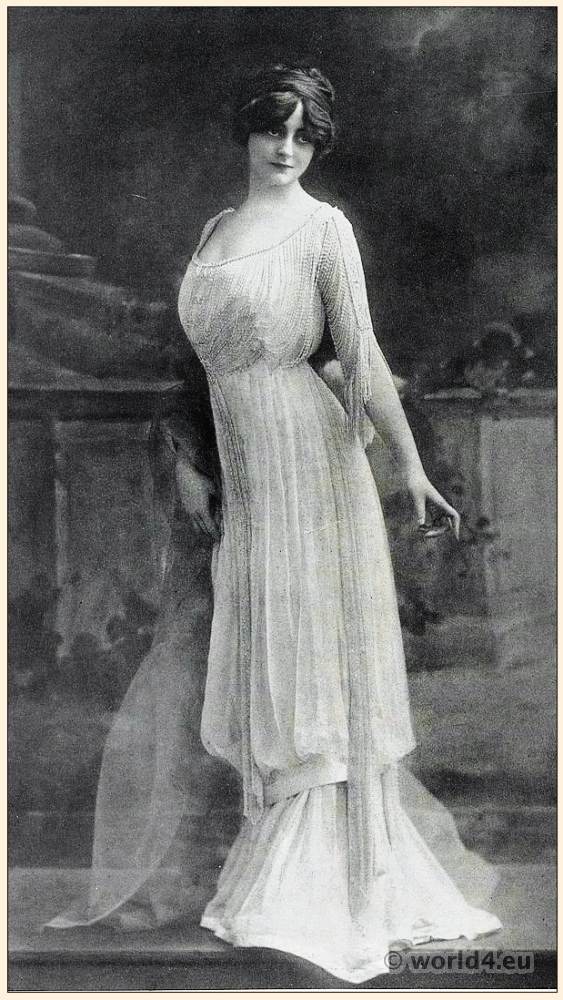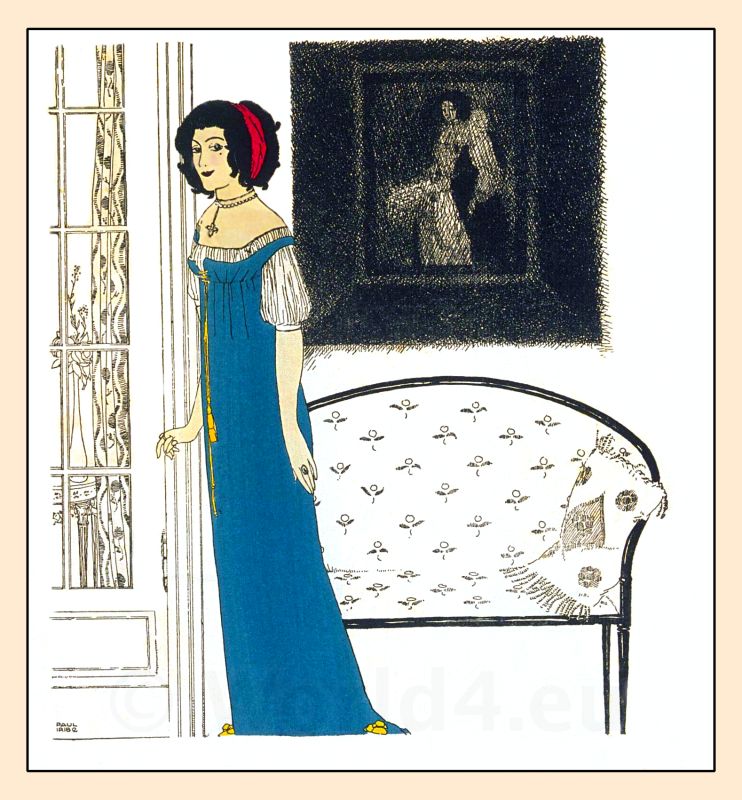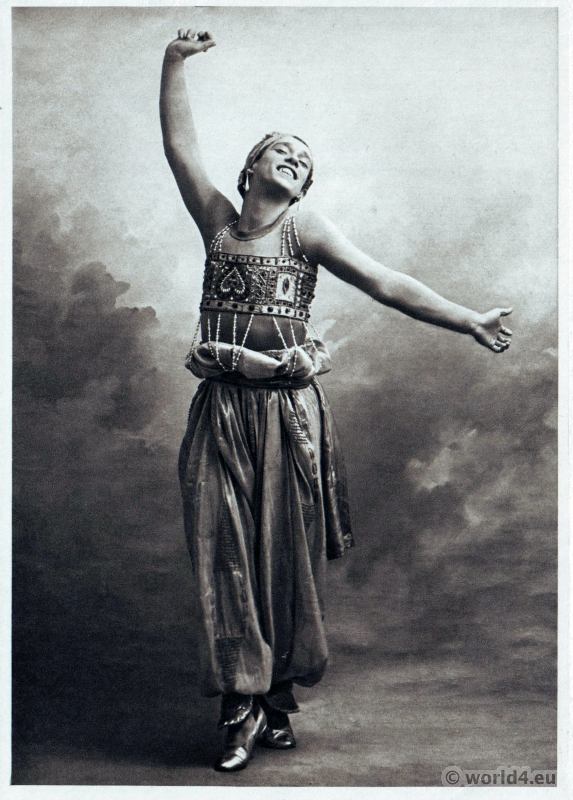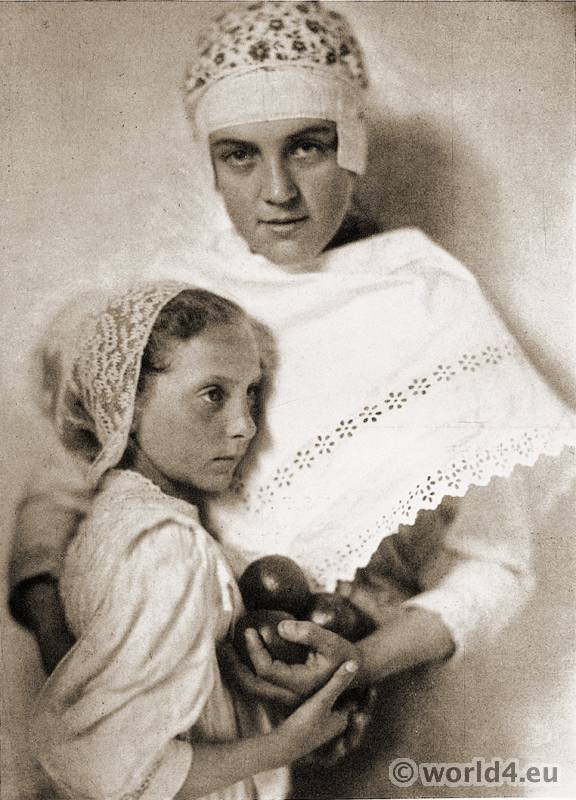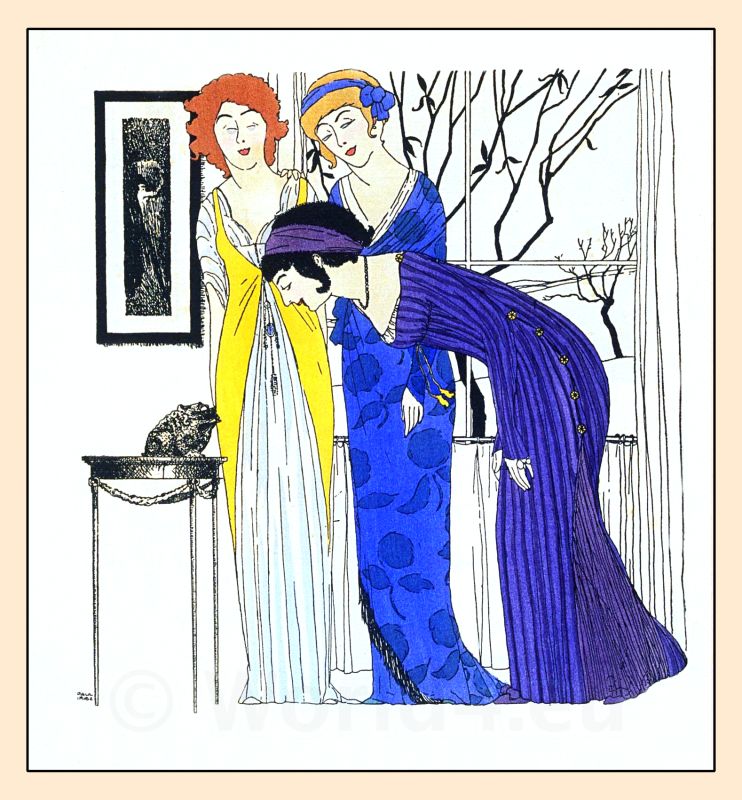Professor Bruno Paul – Berlin. Hand-knotted carpets, wall – and furniture fabrics and wallpapers.
United Workshops for Art in Craft AG Berlin.
Bruno Paul (1874-1968) architect of the so-called “New Objectivity” influenced artists such as Ludwig Mies van der Rohe, Adolf Meyer, George Grosz and Hannah Höch. He was a draftsman for the “Simplicissimus” cartoons, furniture designer and interior designer, was one of the founding members of the Deutscher Werkbund. He worked from 1911 with the German workshops in Dresden-Hellerau together. In 1924 he became elected president at the United State Schools for Fine and Applied Arts Berlin (High Scool of Arts Berlin and from 2001 under the Higher Education Reform in University of the Arts Berlin renamed.). The Nazis removed him from his official posts in 1933 (Adolf Hitler took him up in 1944 in the “God exceptionally gifted list” of the most important German architects.) After the end of World War II, he worked primarily as an engineer. 1968 he was interred in the Forest Cemetery in Berlin Zehlendorf. His grave is one of the honorary graves of Berlin.
Bruno Paul, Executioner Poster 1903. Simplicissimus Munich.
Executioner poster. Türkenstrasse 28. Every day the eleven. Design: Bruno Paul – Berlin. Print: United printers formerly Schoen & Maison. GmbH Munich.
In Munich, from the environment of the satirical magazine Simplicissimus and the “Academic-Dramatic Association”, the first political cabaret in Germany, The Eleven Executioners, and one of the first German cabaret ever made. A great role model here was the cabaret Le Chat Noir in Paris. The theater was opened in Munich in Türkenstraße 28 in the redesigned Paukboden in the rear building of the restaurant “Zum Goldener Hirsch” with a premiere on 13 April 1901. Three times a week led the Executioners on a monthly-changing program. At the entrance to the auditorium, which had 100 seats, there was a skull with a wig in which stuck an ax. The infamous poster drew thereto Bruno Paul in 1903.
The Executioners (with their Executioners name)
- Otto Falkenberg – Peter Air
- Marc Henry – Balthasar Starr
- Leo Greiner – Dionysius Death
- Willy Rath – Willibaldus Rust was replaced by Frank Wedekind – never chose an Executioners name.
- Max Lang Heinrich – Max Knax
- Wilhelm Hüsgen – Till Blood
- Victor Fresh – Gottfried Still
- Willy Oertel – Serapion Grave
- Ernst Neumann-Neander – Kaspar Ax
- Hans Richard Weinhöppel – Hannes Ruch
- Robert Kothe – Frigidus Strang
Discover more from World4 Costume Culture History
Subscribe to get the latest posts sent to your email.

